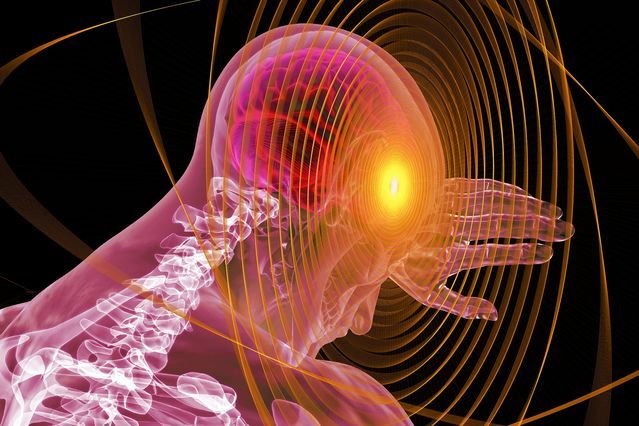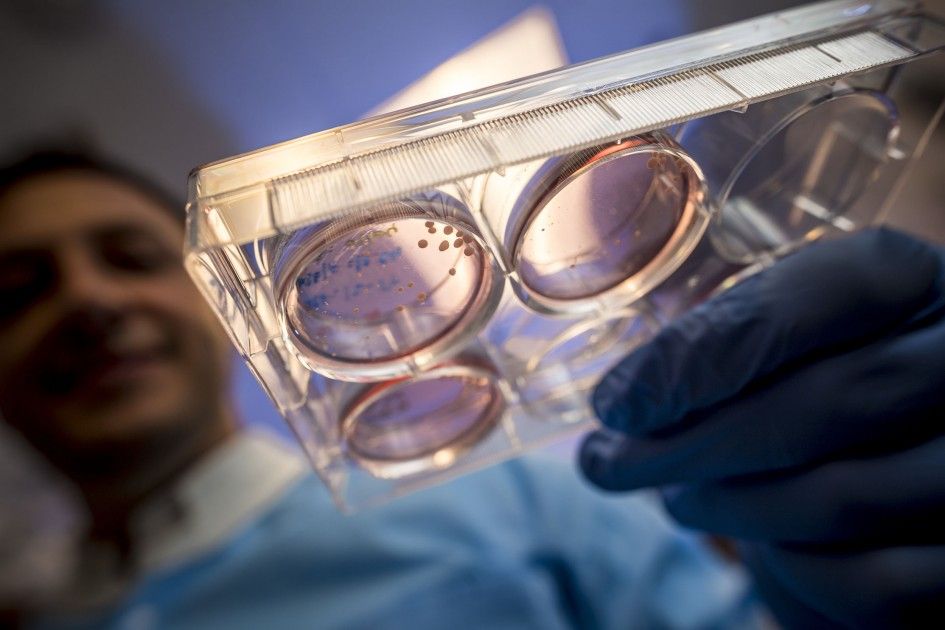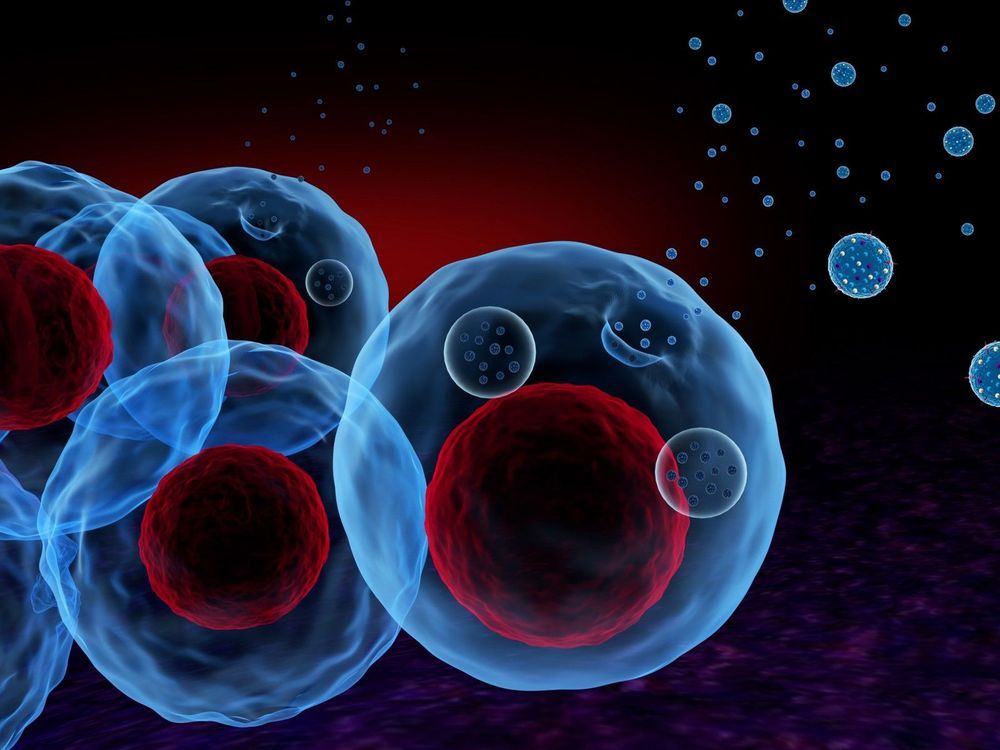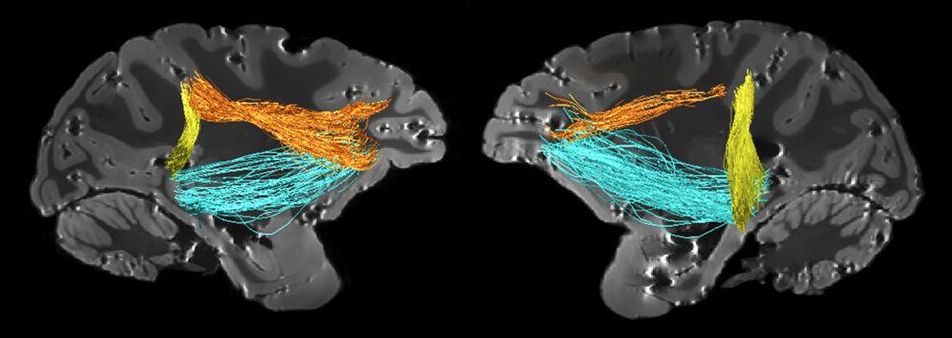Psychiatrists divided on ‘game-changing’ esketamine due to potential for addiction.



This study involved 4,717 participants from two different community-based cohorts. A meta-analysis of both cohorts showed that elevated sCD14 was associated with a 12 percent increased risk of dementia as people got older. Higher levels of sCD14 were also associated with accelerated brain aging in both cohorts, a faster progression of age-related brain atrophy, and a more rapid decline of executive functions.
The authors sum up their findings: “sCD14 is an inflammatory marker related to brain atrophy, cognitive decline, and incident dementia.”
“Higher levels of sCD14 were associated with markers of brain aging and injury, such as total brain atrophy and a decline in executive functioning—the decision-making needed for many activities of daily life,” first author Matthew Pase, of the Florey Institute for Neuroscience and Mental Health in Melbourne, Australia, said in a news release.


Scientists have developed a new gene-therapy technique by transforming human cells into mass producers of tiny nano-sized particles full of genetic material that has the potential to reverse disease processes.
Though the research was intended as a proof of concept, the experimental therapy slowed tumor growth and prolonged survival in mice with gliomas, which constitute about 80 percent of malignant brain tumors in humans.
The technique takes advantage of exosomes, fluid-filled sacs that cells release as a way to communicate with other cells.

Optogenetics, a tool for controlling neurons with light, has given neuroscientists the ability to flip brain cells on and off more or less at will, revolutionizing neuroscience.
Yet the technique faces a fundamental challenge: To study all but the outermost part of the brain, researchers need to implant fiber optics or other invasive devices to deliver light deep into the brain.
Now, in Proceedings of the National Academy of Sciences, Stanford researchers report that they’ve found a less invasive way to do so: injectable nanoparticles that convert sound waves, which can easily penetrate into the brain, into light.

Researchers at Baylor College of Medicine report today in the journal Neuron evidence that refutes the link between increased levels of herpes virus and Alzheimer’s disease. In addition, the researchers provide a new statistical and computational framework for the analysis of large-scale sequencing data.
About 50 million people worldwide are affected by Alzheimer’s disease, a type of progressive dementia that results in the loss of memory, cognitive abilities and verbal skills, and the numbers are growing rapidly. Currently available medications temporarily ease the symptoms or slow the rate of decline, which maximizes the time patients can live and function independently. However, there are no treatments to halt progression of Alzheimer’s disease.
“Like all types of dementia, Alzheimer’s disease is characterized by massive death of brain cells, the neurons. Identifying the reason why neurons begin and continue to die in the brains of Alzheimer’s disease patients is an active area of research,” said corresponding author Dr. Zhandong Liu, associate professor of pediatrics at Baylor and the Jan and Dan Duncan Neurological Research Institute at Texas Children’s Hospital.

As you read this line, you’re bringing each word into clear view for a brief moment while blurring out the rest, perhaps even ignoring the roar of a leaf blower outside. It may seem like a trivial skill, but it’s actually fundamental to almost everything we do. If the brain weren’t able to pick and choose what portion of the incoming flood of sensory information should get premium processing, the world would look like utter chaos—an incomprehensible soup of attention-hijacking sounds and sights.
Meticulous research over decades has found that the control of this vital ability, called selective attention, belongs to a handful of areas in the brain’s parietal and frontal lobes. Now a new study suggests that another area in an unlikely location—the temporal lobe—also steers the spotlight of attention.
The unexpected addition raises new questions in what has long been considered a settled scientific field. “The last time an attention controlling area was discovered was 30 years ago,” says Winrich Freiwald, head of Rockefeller’s Laboratory of Neural Systems, who published the findings in the Proceedings of the National Academy of Sciences. “This is a fundamental discovery that might require a rethinking of old concepts about attentional control.”

Cognitive Behavioural Therapy (CBT) for patients with social anxiety not only helps to reduce anxiety levels but also seems to protect against accelerated cellular ageing, a study involving researchers at Karolinska Institutet published in the journal Translational Psychiatry reports.
“This is the first step towards better understanding the link between cellular ageing and the treatment of psychiatric issues,” says lead author Kristoffer Månsson, researcher at the Department of Clinical Neuroscience at Karolinska Institutet in Sweden.
Individuals affected by mental illness are at greater risk of developing somatic conditions, such as high blood pressure and diabetes, earlier in life than unaffected individuals. While the reasons for this are unclear, one possible contributory factor is that mental health disorders are associated with shorter telomeres and accelerated cellular ageing.

Scientists like Prof Sinclair have evidence of speeding up, slowing, and even reversing aging.
Thanks to LastPass for sponsoring this video. Click here to start using LastPass: https://ve42.co/VeLP
What causes aging? According to Professor David Sinclair, it is a loss of information in our epigenome, the system of proteins like histones and chemical markers like methylation that turn on and off genes. Epigenetics allow different cell types to perform their specific functions — they are what differentiate a brain cell from a skin cell. Our DNA is constantly getting broken, by cosmic rays, UV radiation, free radicals, x-rays and regular cell division etc. When our cells repair that damage, the epigenome is not perfectly reset. And hence over time, noise accumulates in our epigenome. Our cells no longer perform their functions well.
To counter this decline, we can activate the body’s own defenses against aging by stressing the body. Eat less, eat less protein, engage in intense exercise, experience uncomfortable cold. When the body senses existential threats it triggers longevity genes, which attempt to maintain the body to ensure its survival until good times return. This may be the evolutionary legacy of early bacteria, which established these two modes of living (repair and protect vs grow and reproduce). Scientists are uncovering ways to mimic stresses on the body without the discomfort of fasting. Molecules like NMN also trigger sirtuins to monitor and repair the epigenome. This may slow aging.
Reversing aging requires an epigenetic reset, which may be possible using Yamanaka factors. These four factors can revert an adult cell into a pluripotent stem cell. Prof. Sinclair used three of the four factors to reverse aging in the retinal cells of old mice. He found they could see again after the treatment.
Special thanks to:
Professor David Sinclair, check out his book “Lifespan: Why We Age & Why We Don’t Have To“
Assistant Professor David Gold
Noemie Sierra (for polyp images)
Genepool Productions for telomere animations from Immortal: https://ve42.co/immortal
Epigenetics animations (DNA, histones, methylation etc) courtesy of: http://wehi.tv
Animation: Etsuko Uno
Art and Technical Direction: Drew Berry
Sound Design: Francois Tetaz & Emma Bortignon
Scientific Consultation: Marnie Blewitt
Courtesy of Walter and Eliza Hall Institute of Medical Research.
Filming, editing and animation by Jonny Hyman and Derek Muller.